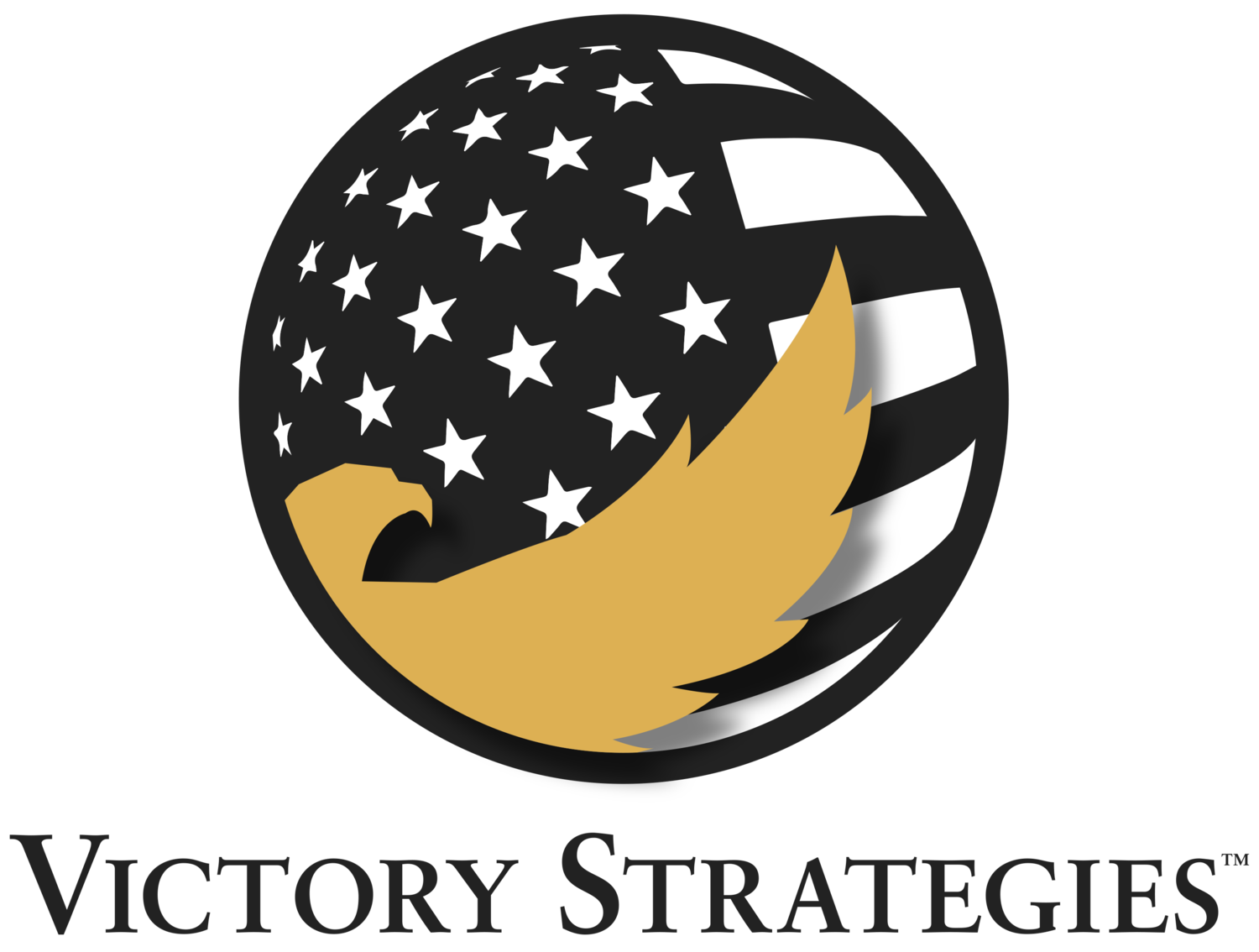I have a simple math problem for you. What is one plus one? If you said two, you’re correct, some of the time. If you had asked me that question right after I graduated from engineering school, I would have told you emphatically, “yes!” After a 26-year career as a US Navy fighter pilot, I’ll tell you the answer is, “sometimes.”
In the Navy, I flew the F-14 Tomcat and the FA-18F Super Hornet, the two-seat version of the FA-18. As the pilot, I always had a Radar Intercept Officer or Weapons System Officer flying with me. In those fighters we work as a team or what we call a crew.
The best and most efficient crews could take effective action without coordinating or even talking to each other. Through a familiarity built by training, failing, and learning together, these crews knew exactly what the other person was going to do in every situation. They were capable of taking on many challenges at once and accomplishing more than what two people could individually. In this case, one plus one is greater than two.
A good example is the Forward Air Controller Airborne or FAC(A) mission. A FAC(A) crew is primarily responsible for coordinating the delivery of weapons from aircraft in support of soldiers on the ground. There are many tasks required to accomplish the mission, such as coordinating the targets with the Joint Terminal Air Controller (JTAC) on the ground, determining the location of the friendly forces, controlling the flow of aircraft in and out of the target area, and providing clearance for aircraft to release weapons. The FAC(A) mission is conducted over at least two, and in some cases three or four, radios and the intercom that provides the crew communication with each other within the aircraft. By having clearly defined roles and responsibilities for each crew member, and refining techniques through training, multiple tasks can be completed simultaneously and more efficiently than if two people were working independently.
I have been part of crews where I had to carry a heavier part of the load and do some of my teammate’s tasks and vice versa. When one crewmember becomes over-tasked and the other can pick up the slack, the team can still be successful. This is normal when a less experienced crewmember is paired with a more experienced one. By working together, one plus one equals two.
When crews become task saturated or when one crew member is underperforming to the level that the other crew member becomes so distracted that they can’t perform their own tasks, much less take up the slack for the other crewmember, then one plus one is less than two and may even be less than one if situational awareness really breaks down. I’m sure you’ve been in situations where you can relate.
What is one plus one? This simple math problem can have many answers depending on the strength of your team and can be extrapolated to any size organization. With defined roles and responsibilities, clear communication, and practice through training, you can ensure that your team’s one plus one is always greater than two.
Authored By: Chad “Vinny” Vincelette, Managing Director

